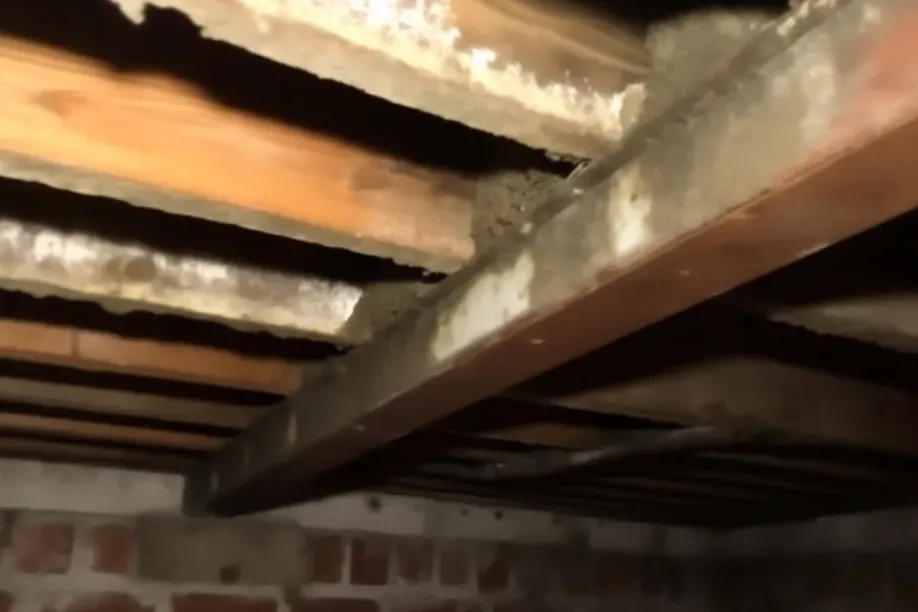
Mold – a word that often brings a sense of worry to homeowners and business owners alike. This common issue, lurking in damp corners of buildings, not only poses health risks but also threatens the structural integrity of properties. From the musty odors in basements to the unsightly patches on walls, the presence of mold is a widespread concern in various environments.
However, the challenge doesn't end at just identifying the problem. The quest for cost-effective solutions for mold removal is at the forefront of this battle. While the market is flooded with an array of mold remediation options, finding methods that are both affordable and effective remains a key priority for many. This is especially crucial in a time where budget constraints are as important as the urgency to address the mold issue.
In this blog, we delve into the realm of mold remediation, focusing on strategies that strike the perfect balance between affordability and effectiveness. We understand that managing mold shouldn't break the bank, and we're here to guide you through practical, scientifically-backed approaches to tackle this pervasive problem. Join us as we explore accessible solutions that promise to keep your spaces healthy and mold-free, without imposing a hefty financial burden.
Understanding the Costs of Mold Removal
Mold removal is a necessary investment for maintaining a healthy living environment. However, the costs can vary widely based on several factors. Understanding these can help you budget effectively for this crucial service.
Factors Influencing Mold Removal Costs
Several key factors influence the cost of mold removal:
- Extent of Infestation: The size of the mold infestation significantly impacts the cost. A small area of mold is less costly to remediate than widespread mold throughout a home or building.
- Location: The location of the mold affects the complexity of the removal process. Mold in easily accessible areas like walls is simpler to treat compared to mold in hard-to-reach spaces like crawl spaces or behind HVAC systems.
- Type of Mold: Some mold types are more hazardous and require specialized removal techniques. For instance, black mold is known to be particularly toxic and demands more stringent safety measures, which can increase the cost.
- Property Damage: If mold has caused significant damage to structures or materials, this can add to the cost. Replacing drywall, flooring, or beams will increase the overall expense.
- Professional Assessment and Testing: Professional mold inspection and testing can add to the cost but are essential for understanding the severity and type of mold infestation.
Average Cost Ranges for Professional Mold Removal
The cost of professional mold removal varies, but here are some typical ranges:
- Small-Scale Remediation: For minor mold issues, such as a small patch on a wall, costs can range from a few hundred dollars to around $1,000.
- Moderate Infestations: For medium-sized areas, such as extensive bathroom mold or a small crawl space, costs can range from $1,000 to $3,000.
- Large-Scale Remediation: In cases of significant mold infestation throughout a property, or when structural repairs are needed, costs can exceed $3,000, potentially reaching $5,000 to $10,000 or more.
- Additional Costs: Additional services like extensive testing, structural repairs, and prevention measures can add to the overall cost.
In conclusion, the cost of mold removal varies based on the extent of the infestation, location, type of mold, and the degree of damage. Understanding these factors can help you anticipate the costs involved and ensure that you choose the right professional service for your needs.
DIY Mold Removal Strategies
Tackling mold removal yourself can be a cost-effective solution for minor mold issues. However, it's crucial to understand when DIY methods are appropriate and how to execute them safely and effectively.
When DIY is Appropriate
DIY mold removal is suitable under certain conditions:
- Small Area: Generally, if the mold covers an area less than 10 square feet, it can be handled without professional help.
- Non-Toxic Mold: If the mold is not black mold (Stachybotrys chartarum), which is known to be particularly harmful, DIY methods can be considered.
- No Health Risks: Individuals with allergies, asthma, or immune disorders should avoid mold removal and seek professional help instead.
- Surface Type: Non-porous surfaces like tiles and countertops are safer for DIY mold removal compared to porous surfaces like drywall or carpet.
Effective DIY Mold Removal Techniques
Here’s a step-by-step guide for DIY mold removal:
- Safety First: Wear protective gear, including gloves, goggles, and an N-95 respirator to avoid inhaling spores.
- Isolate the Area: Seal off the affected area with plastic sheeting and tape to prevent spores from spreading.
- Ventilation: Open windows and doors for ventilation but avoid using fans as they can spread spores.
Materials Needed:
- White vinegar or a solution of water and detergent (avoid mixing bleach with other chemicals).
- A scrub brush or sponge.
- Protective gear (gloves, N-95 mask, goggles).
- Plastic bags for disposal.
- Dehumidifier or fans for drying the area post-cleanup.
Cleaning Process:
- Apply the cleaning solution to the moldy area and scrub thoroughly.
- After scrubbing, wipe the area clean with water and dry it completely.
- Dispose of any materials (like sponges or rags) used in the cleaning process in a sealed plastic bag.
Prevent Future Growth: Keep the area dry and well-ventilated. Consider using mold-resistant paint or products in areas prone to moisture.
Remember, while DIY methods can be effective for minor mold issues, they are not suitable for large infestations or toxic mold types. In such cases, it's crucial to seek professional assistance.
Preventive Measures to Reduce Future Costs
Investing in preventive measures is key to avoiding the high costs associated with mold removal. Regular maintenance and long-term prevention strategies are essential in keeping mold at bay.
Regular Maintenance and Inspection
Routine maintenance and inspections are crucial in preventing mold growth. Here are some tips and a checklist to help you stay on top of potential mold issues:
Tips for Routine Maintenance:
- Keep humidity levels in your home below 50% using dehumidifiers or air conditioners.
- Ensure proper ventilation in high-moisture areas like bathrooms and kitchens.
- Fix leaks in roofs, walls, and plumbing as soon as they are detected.
- Clean and dry any areas of water accumulation or flooding within 24-48 hours to prevent mold growth.
Checklist for Regular Home Inspections:
- Inspect for visible signs of mold or moisture in common problem areas like basements, attics, and crawl spaces.
- Check for water stains or discoloration on walls, ceilings, and floors.
- Look for peeling, bubbling, or cracking of paint or wallpaper.
- Be alert to musty odors, a strong indicator of hidden mold.
- Examine exterior drainage systems to ensure they direct water away from the house.
Long-Term Prevention Strategies
Implementing long-term strategies can significantly reduce the risk of mold growth and save on future remediation costs:
- Improving Ventilation: Enhance airflow in your home by installing vents, particularly in high-moisture areas. Using exhaust fans in bathrooms and kitchens can also help remove excess moisture.
- Using Dehumidifiers: In areas prone to high humidity, like basements and crawl spaces, dehumidifiers can be effective in maintaining a dry environment.
- Waterproofing: Waterproofing basements and crawl spaces can prevent water seepage, a common cause of mold.
- Landscaping Adjustments: Ensure the ground slopes away from your home's foundation to prevent water accumulation.
- Mold-Resistant Products: When renovating or repairing, consider using mold-resistant drywall, paints, and building materials, especially in moisture-prone areas.
By incorporating these maintenance and prevention strategies, you can significantly reduce the likelihood of mold growth, thereby saving on the substantial costs and health risks associated with mold remediation.
When to Opt for Professional Mold Removal
While DIY methods can be effective for minor mold issues, there are situations where professional mold removal is not just recommended, but necessary. Understanding when to call in the experts is crucial for the safety and well-being of your household.
Assessing the Scope of Mold Infestation
Determining the extent of a mold infestation is key in deciding whether to seek professional help. Here are some criteria to consider:
- Size of the Infestation: If the mold covers an area larger than 10 square feet, it's advisable to hire professionals. Larger infestations often penetrate deeper into the house structure, requiring specialized equipment and techniques.
- Type of Mold: Certain types of mold, like black mold, are particularly hazardous. If you suspect the presence of toxic mold, professional removal is essential to ensure safe and effective remediation.
- Location and Accessibility: Mold in hard-to-reach areas, such as inside walls, HVAC systems, or extensive areas in crawl spaces, typically requires professional treatment.
- Health Risks: If there are individuals with allergies, asthma, or weakened immune systems in the home, professional mold removal is recommended to minimize health risks.
- Recurring Mold: If you've tried DIY methods and the mold keeps returning, it might indicate a deeper, more serious issue that professionals should address.
Finding Cost-Effective Professional Services
Hiring a professional doesn't have to break the bank. Here are tips for finding affordable yet reliable mold removal services:
- Get Multiple Quotes: Contact several mold removal companies for quotes. This will give you a sense of the average cost and services offered in your area.
- Check Credentials: Look for companies with certifications and good standing in professional organizations. This ensures expertise and reliability.
- Read Reviews and Testimonials: Check online reviews and ask for client testimonials to gauge the company’s reputation and quality of work.
- Ask About the Process: Understanding what services are included can help you assess the value. Ensure they provide a thorough assessment, treatment, and post-removal testing.
- Inquire About Guarantees: Some companies offer guarantees on their work, which can provide peace of mind and protect your investment.
- Discuss Prevention Advice: A reputable company should also offer advice on preventing future mold issues, adding long-term value to their service.
Choosing the right professional service for mold removal is a balance between cost and quality. By doing thorough research and making informed decisions, you can ensure effective, safe, and cost-efficient mold remediation.
Financial Assistance and Insurance Coverage for Mold Removal
Dealing with mold removal can be a significant financial burden. Understanding your insurance coverage and exploring financial assistance options can provide much-needed relief in managing these costs.
Understanding Insurance Coverage for Mold
Homeowners insurance policies vary, but here's a general overview of when mold removal might be covered:
- Covered Perils: Typically, mold removal is covered if it's a result of a "covered peril" under your policy. This includes scenarios like mold resulting from a sudden and accidental water leak, fire extinguishing activities, or storm damage.
- Exclusions: Most policies exclude coverage for mold that results from ongoing issues, like continuous leaks, humidity, or flooding, especially if the problem arises from a lack of maintenance.
- Policy Limits and Deductibles: Even when mold removal is covered, there are often limits to the coverage amount, and deductibles will apply. It's important to review your policy details or consult with your insurance agent for specific coverage information.
- Additional Coverage: Some insurers offer additional mold coverage for an extra premium. This can be a worthwhile investment in areas prone to mold issues.
Seeking Financial Assistance
For those who don't have insurance coverage or need additional financial support, there are options available:
- Government Grants and Assistance Programs: In some regions, government programs may offer grants or assistance for home repairs, including mold remediation, particularly for low-income households or disaster recovery.
- Community Development Programs: Local community development organizations sometimes provide assistance or low-interest loans for home repairs, including mold removal.
- Non-Profit Organizations: Some non-profit organizations focus on home safety and health issues and may offer assistance or resources for dealing with mold problems.
- Home Equity Loans or Lines of Credit: If you have equity in your home, a home equity loan or line of credit can be a way to finance mold removal.
- Negotiating Payment Plans: Some mold removal companies may offer payment plans to spread out the cost over time.
It's important to research and explore all available options in your area. Local housing authorities or community assistance programs can be a good starting point for finding out what financial assistance might be available to you.
Mold issues in homes and businesses are more than just an aesthetic concern; they pose real risks to health and structural integrity. Addressing mold problems promptly and cost-effectively is crucial to maintaining a safe and healthy living or working environment.
The journey to a mold-free space begins with a thorough evaluation of the situation. For minor mold issues, DIY methods can be a practical and budget-friendly solution. These approaches are most suitable for small-scale infestations and can be effective when done correctly, using the right materials and safety precautions.
However, when the mold infestation is extensive, potentially hazardous, or if it keeps recurring despite DIY efforts, it's time to consider professional intervention. Professionals bring expertise, specialized equipment, and deep knowledge of mold remediation, ensuring that the problem is resolved thoroughly and safely.
In choosing between DIY and professional mold removal, consider factors like the size and severity of the mold, the type of mold, your health, and the potential long-term impacts on your property. Remember, the cheapest option upfront may not always be the most cost-effective in the long run, especially if it doesn't fully resolve the issue.
As you navigate through the process of mold remediation, keep in mind that your health and safety are paramount. Living in a mold-free environment contributes significantly to your overall well-being. While the costs and efforts involved in mold removal might seem daunting, the peace of mind and health benefits it brings are invaluable.
In conclusion, whether you opt for a DIY approach or professional mold removal services, the key is to act swiftly and wisely. By making informed decisions and taking proactive steps, you can successfully manage mold issues and maintain a healthy, mold-free environment affordably.
FAQs
Contact Bull City Crawlspace Today!
Bull City Crawlspace will do everything we can to ensure your experience with us is excellent.
Request A FREE Estimate
Request a Free Estimate Form
Checkout Recent Post
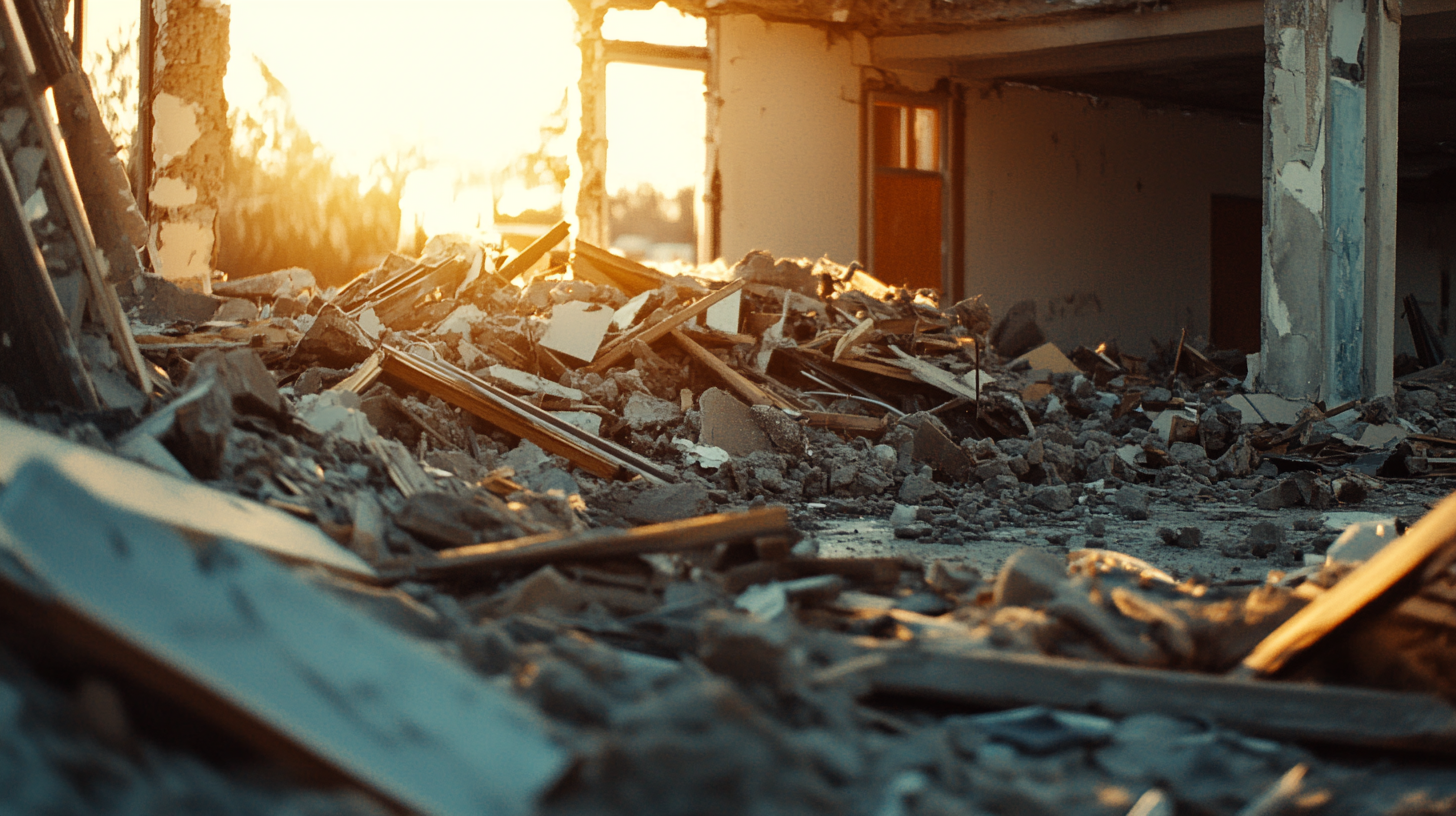
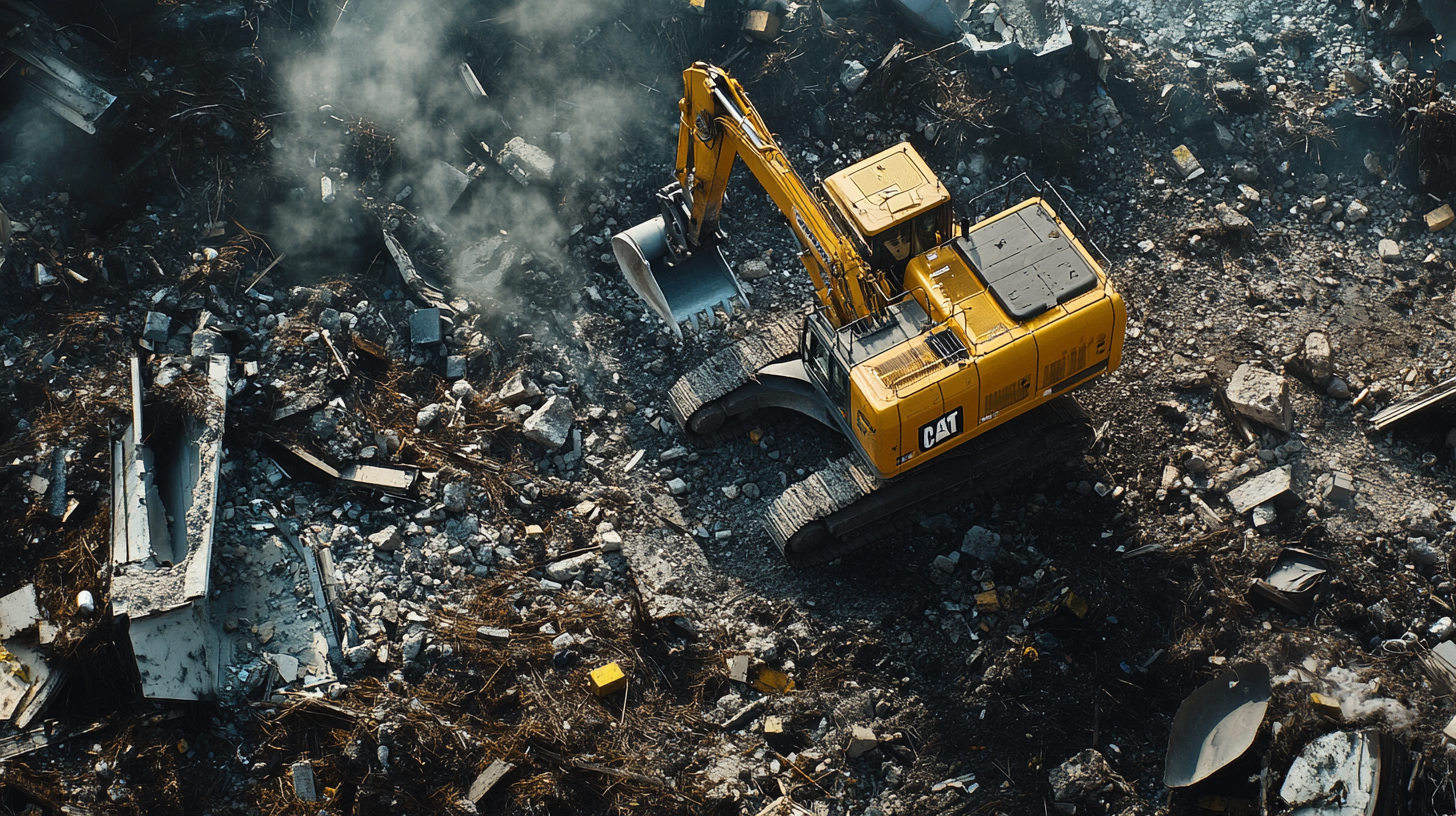
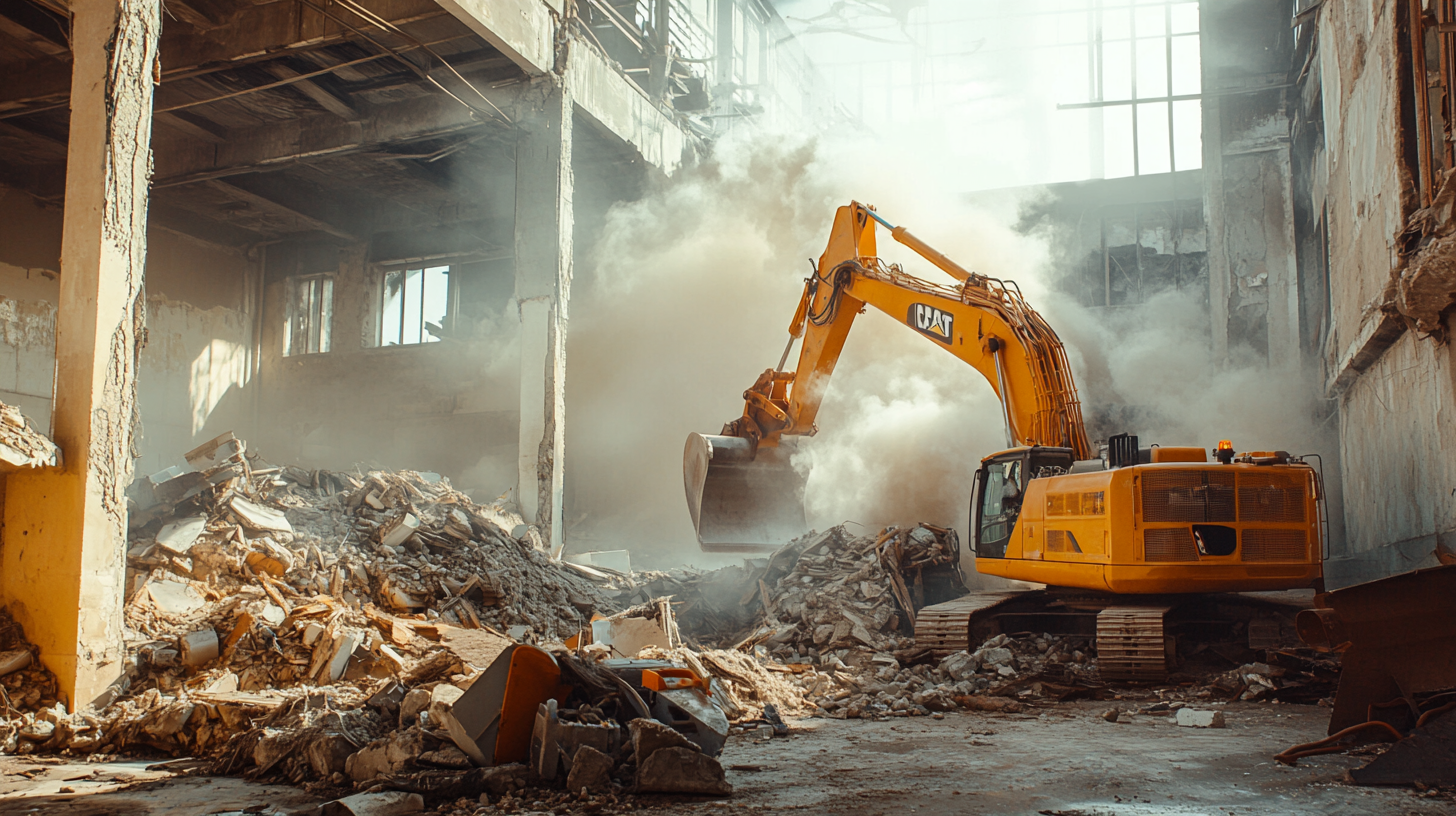
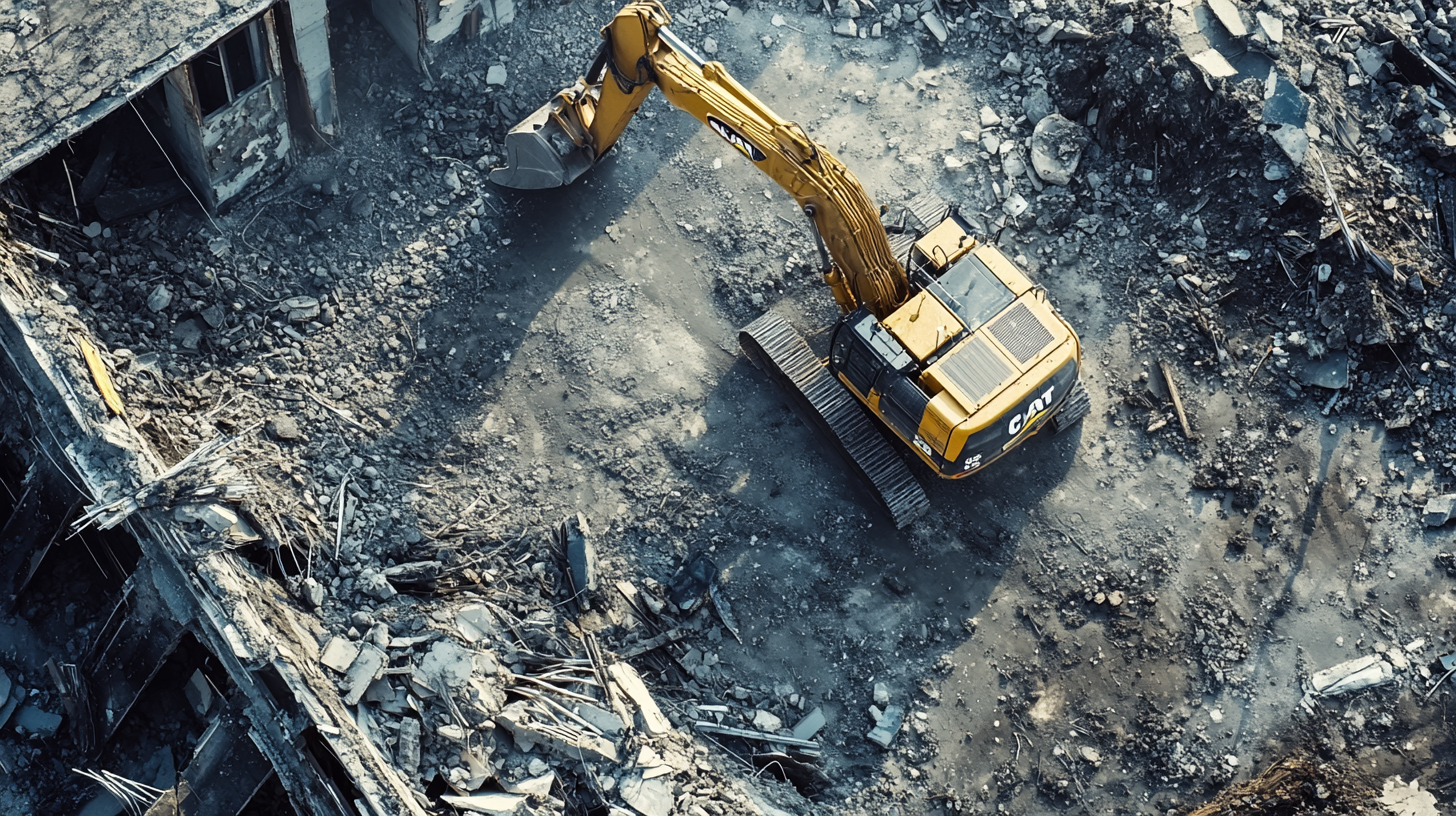
Got a Question? We’re Here to Help.
You can arrange an appointment or make an enquiry by phone or email, orget in touch to us via our contact form.

